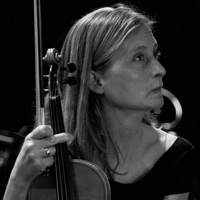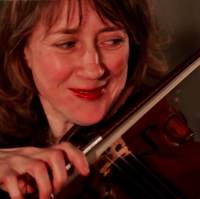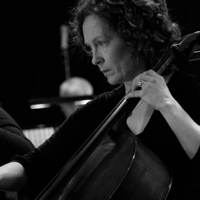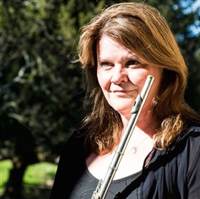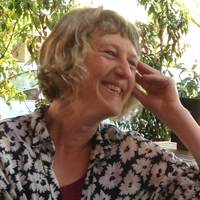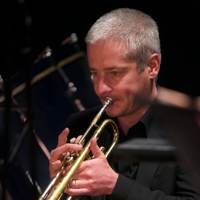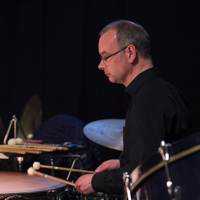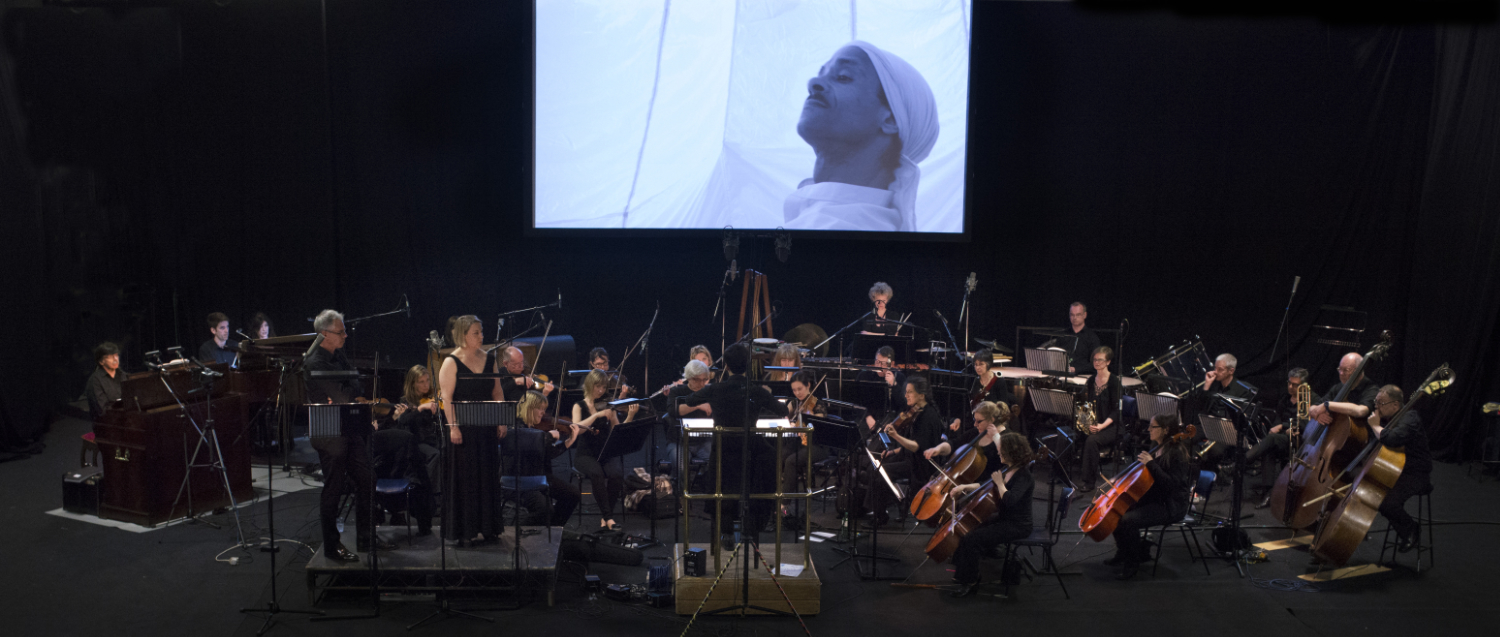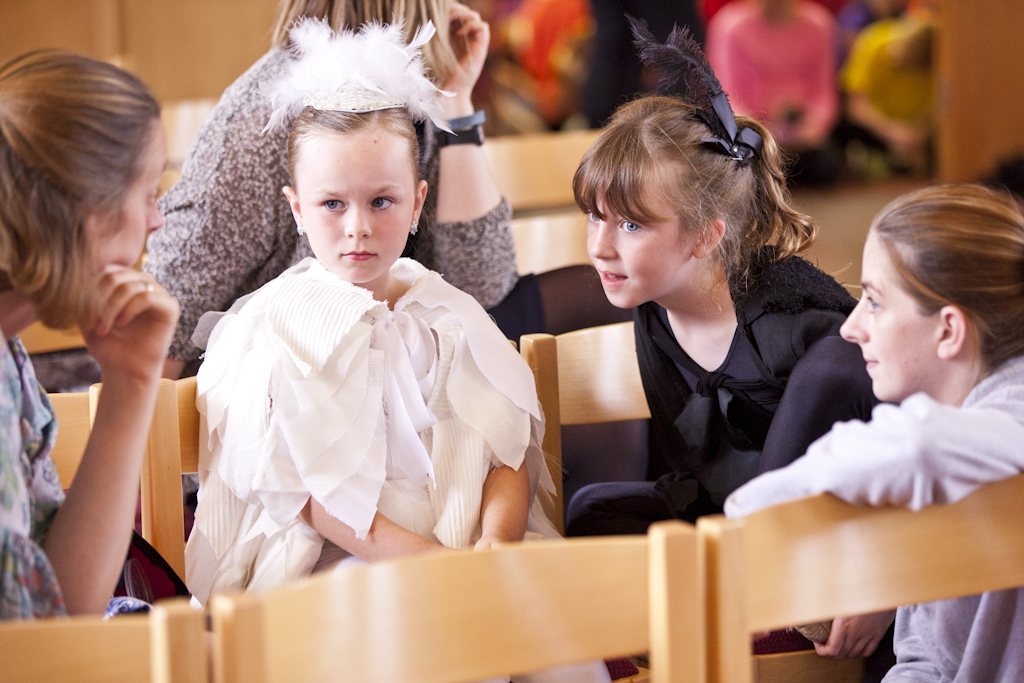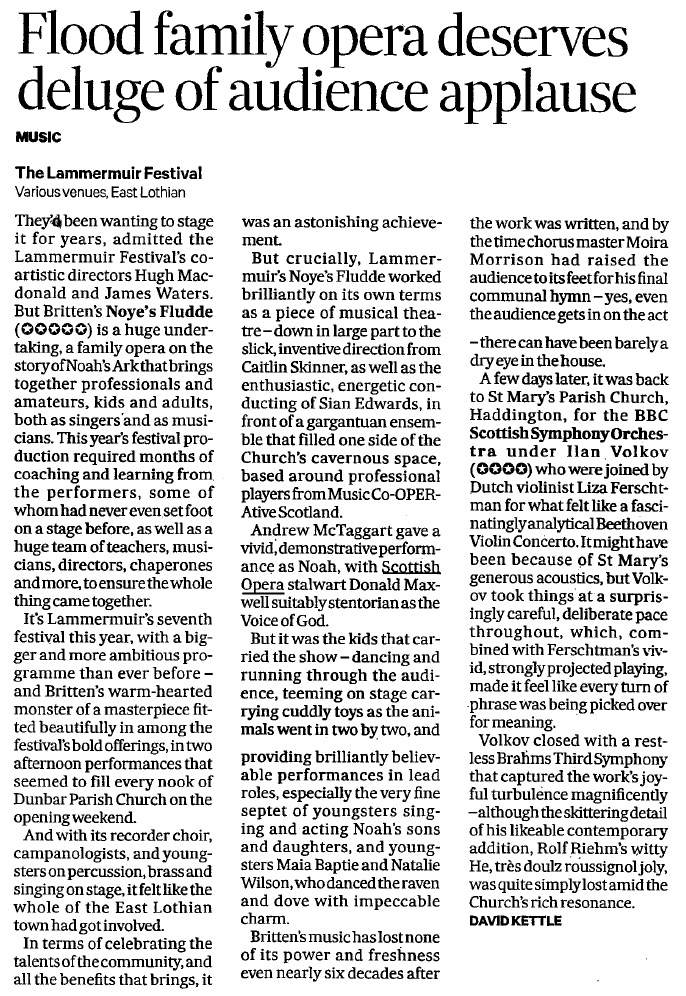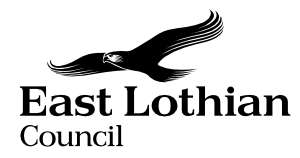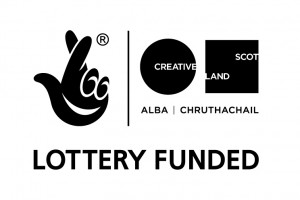
PROGRAMME NOTES

Benjamin Britten (1913-1976): Noye’s Fludde
So many operas designed for amateurs, children and communities have been written in the last 50 years that it’s easy to forget what a pioneering work Noye’s Fludde was when it was first performed in Orford Church, Suffolk at the 1958 Aldeburgh Festival. Britten had long wanted to make an opera out of one of the mediaeval Mystery Plays from 14th Century Chester, and when the commercial TV company Associated Rediffusion asked him if he’d be interested in doing just that, he jumped at the chance. Mystery or ‘miracle’ plays were Bible stories dramatized in simple everyday language for ordinary people (usually members of local craft guilds) to put on in town squares on Christian festivals. The cycle of plays used in Chester until, as far as we know, the 16th Century, is one of only four that survive.
Britten wanted to recreate that crucial element of communal involvement by ordinary people rather than professionals, so the familiar Bible story of Noah, his ark and the flood sent by God to wash away the sins of the world has a large cast in which only a small number of players and the three adult roles are taken by professionals while the rest of the singers and instrumentalists (playing everything from stringed instruments and recorders to sandpaper and china mugs!) are children. As well as that, Britten brings the audience or ‘congregation’ right into the centre of the action by asking them to join in singing hymns at key points in the story. Perhaps the most important thing about Britten’s composition is that he doesn’t ‘write down’ to his young cast. This is subtle, sophisticated, challenging music that requires much dedicated practice and hard work to bring off.
The story of Noah and the flood is a myth, but as with all great myths it embodies eternal truths. Perhaps the most obvious is the journey from dark to light - from sin to redemption, ignorance to knowledge, or in our production destructive wastefulness to sustainability. It falls to Mrs Noye (with her Gossips), as the cynical, disbelieving character in the drama, to reject the innocent optimism of children and represent our worst instincts. In the opening hymn ‘Lord Jesus think on me’ we, the adults in the congregation, sing about our human weakness and ask that we who have lost the innocence of children, may be restored to purity - “Through darkness and perplexity/Point the heavenly way”. The ordinary people participating in Noye’s Fludde effectively undergo a symbolic trial by water, passing through dire danger to emerge the better for it.
The music historian Wilfrid Mellers summed it up: ‘We start… with the consciousness of sin and earth-born passion, which we have to encompass before we can see “eternal brightness”. Although the Flood is in one sense a destructive force, it is in another sense (as it was in biblical myth) a necessary return to the unconscious waters’.
The Story
After the opening hymn "Lord Jesus, think on me", the Voice of God addresses Noye, announcing the forthcoming destruction of the sinful world. God tells Noye to build an ark ("a shippe") that will save him and his family. Noye agrees, and calls on the people and his family to help. His sons and their wives enter with tools and materials and begin work, while Mrs Noye and her friends (the Gossips) mock the project.
When the ark is completed, Noye tries to persuade his wife to enter: "Wyffe, in this vessel we shall be kepte", but she refuses, and they quarrel. The Voice of God predicts forty days and forty nights of rain, and instructs Noye to fill the ark with animals of every kind. The animals enter the ark two by two, while Noye's sons and their wives look on. Noye orders his family to board the ark; again Mrs Noye and the Gossips refuse. The sons finally drag Mrs Noye on board, but the Gossips are swept away by the flood; she rewards her husband by boxing his ears. Rain begins to fall, building to a great storm at the height of which the first verse of the seafarers’ hymn "Eternal Father, Strong to Save" is heard from the ark. The congregation joins in the hymn, and the storm gradually subsides. When it is calm, Noye sends out a Raven, saying "If this foule come not againe/it is a signe soth to sayne/that dry it is on hill or playne." When the Raven fails to return, Noye knows that the bird has discovered dry land. He sends out a Dove, which brings back an olive branch. At this sign of deliverance, Noah thanks God.
The Voice of God instructs everyone to leave the ark. As they do, the animals sing "Alleluias" and the people sing a chorus of praise: "Lord we thanke thee through thy mighte". God promises that he will never again destroy the earth with water, and produces a rainbow as his token. The cast begins the hymn "The spacious firmament on high", with the congregation joining in. All the cast depart except Noye, who receives God's blessing and promise of no more vengeance: "And nowe fare well, my darling deare" before his departure from the stage.

Director's Note
Music Co-OPERAtive Scotland and our creative team have forged a fantastic collaboration with the town of Dunbar and surrounding areas, using Britten’s original vision to bring together professional, amateur and young musicians and singers in an epic performance with you, the audience, playing a vital role throughout.
Our Noye is a man of action. When crisis hits, he takes the initiative to save his family and the local street children by bringing them aboard his newly built ark to help create a new world after the storm. Noye and the children, like the people of Dunbar, are working towards a better way to live, a celebration of a community of people coming together to face the challenges ahead.
The process of creating this production has involved a phenomenal contribution from the local community working alongside the Noye’s Fludde team, to re-imagine this ancient story for contemporary Dunbar. Through our collaboration with Zero Waste Dunbar, we have adopted the town’s commitment to sustainable living as the central theme for our show in the story and in the supporting visuals. Our designer, Carys Hobbs, has created set and costume made entirely from recycled and up-cycled materials, much of it made in collaboration with members of the community. The show represents a shared effort in the true spirit of Britten’s original.
Caitlin Skinner

Zero Waste Dunbar
Dunbar and district is Scotland’s first Zero Waste Area. The area was awarded this accolade in 2014 after the town and its community put in a proposal to compete with other places in Scotland to try and accelerate the achievement of Scotland Zero Waste Plan. The project is a concentrated drive to test how our area could reduce, reuse and recycle more to accelerate our progress towards achieving zero waste to landfill by 2015.
After winning this competition to become Scotland’s first Zero Waste Area, The Zero Waste Dunbar Team and the community have been working very hard with schools, businesses and householders to put their Zero Waste proposals into action.As part of this work, the project is collaborating with the Lammermuir Festival this year on their production of Noye’s Fluddle. The story of Noah’s Ark is being updated in this performance to focus in on consumerism and it's resulting waste and how to work towards a more sustainable future.
Zero Waste Dunbar Team are working with this production to assist them to sustainably source the items for their show and to help support the production to find ways to reduce waste and reuse and recycle items they have used when the performances end. They are also hoping to help to communicate the contemporary messages around waste and sustainable futures to the school children involved and the wider public as part of the collaboration.
Susan Carleton
Education and Community Officer
Zero Waste Town Project
Community Support
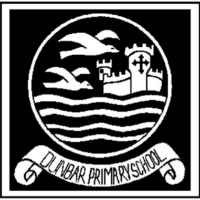 Dunbar Primary School
Dunbar Primary School
Dunbar Primary School is delighted to be part of this production of Noye’s Fludde, working with our children and introducing music and opera to the next generation.
Helen Gillanders Headteacher
Bleachingfield Centre
The Bleachingfield Centre is Dunbar’s community hub and the base for a wide range of social, recreational ans educational activities and Council services. Every week it is visited about 2500 times by people of all ages who come to use its library, café, sports hall and meeting rooms. The Centre is pleased to be involved with and to support the Noye’s Fludde Project.
Jo McNamara Coordinator









